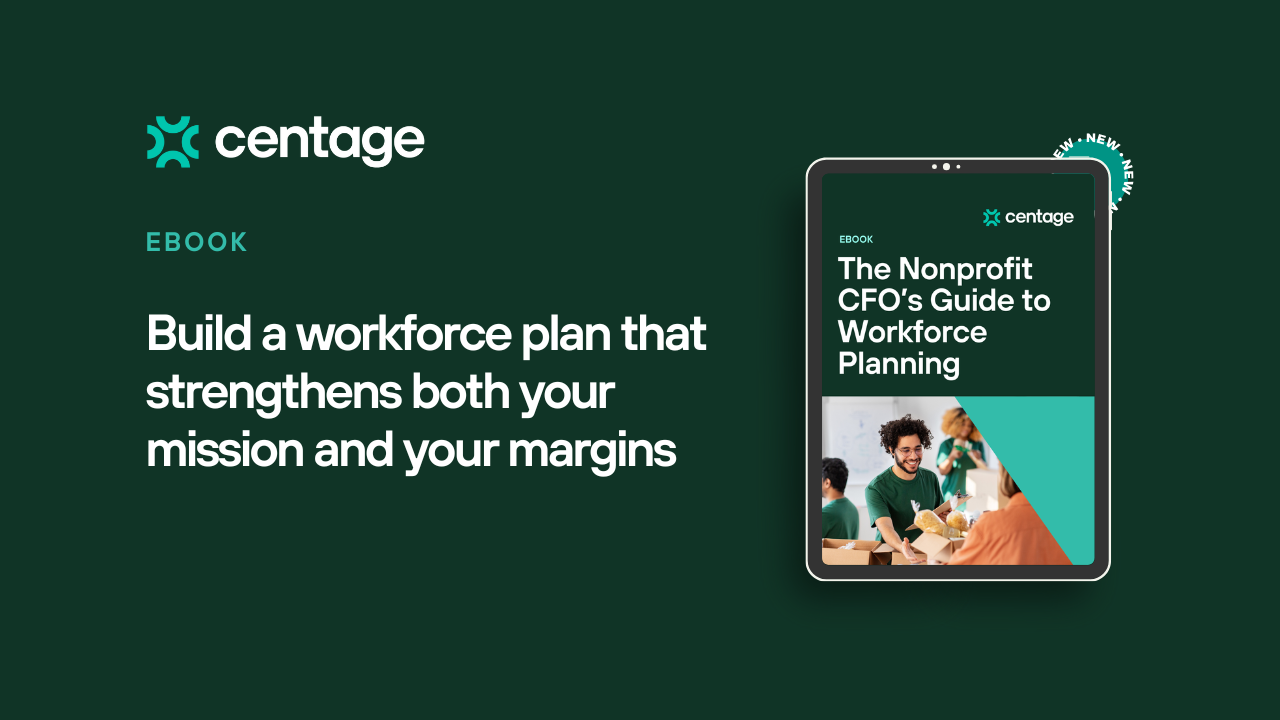How to Proactively Increase Employee Engagement – Part 1

The Road to Increased Employee Engagement Starts on Day One. In a recent blog post we saw how important it is for companies of all sizes and in all industries to ensure that employees across the organization are fully engaged. In this and the next installment of the Employee Engagement series we will continue to explore the various ways of implementing a program that will increase employee engagement in all areas of the organization. To implement a program across the organization involves working with existing employees as well as with new hires. First, we are going to see how an employer can instill a desire for new employees to quickly become engaged and align their personal goals with the company goals.
From the Initial Interview to the First Day on the Job
Sell the company, its values, products and customers to the new applicant. Job applicants must know that they have an opportunity to work for a great company and gain access to learning opportunities, state of the art technology and tools, while continually growing within the organization. The company, in turn, must make the decision whether the job applicant possesses the necessary skills to perform the job they are interviewing for. When a job offer is accepted by the job applicant, the company must continue its efforts in making the newly hired employee feel comfortable with their decision even before starting work. It also must make sure that all pre-onboarding tasks are being performed. Between the acceptance of the job offer and the start date, the new employee can be reviewing additional material at their leisure, such as product presentation videos, marketing and sales material, technical specifications, company website, etc.
Employee Onboarding and Training
- Onboarding starts the day the employee accepts the job offer.
- New hires should immediately realize that they were hired by a great company and will be looking forward to their first day of work.
- All managers and employees whose work will be affected by the new employee must be notified prior to the new hire’s first day.
- Company newsletter, at first opportunity, should mention the new employee’s name, department and general job responsibilities the employee will assume, as well as welcome the employee into the company.
- Things that must be ready for the new employee on day one:
- Work area ready, clean and stocked with all the required tools, supplies and other equipment necessary to perform the work. Access to log into the computer network (or production time collection system for manufacturing employees when applicable) must already be established by IT.
- For office employees, a clean and well-organized desk (or workstation/cubical or even an entire office) with proper supplies. IT must be notified and be ready with a computer, a user account and other access details before the new employee reports for work on day 1.
- A personalized care or welcome package waiting for the new employee at their work area, conveying management’s appreciation and desire for the employee to become an integral part of the company. This can be in the form of a simple welcome bag / gift bag and contain small items such as company promotional items and a personal welcome note hand-written and signed by senior management (non-executive or higher-level managers in larger organizations). The new employee’s name should be written on a white card and attached to the bag.
- The new employee’s immediate supervisor must be available and make sure the new employee feels welcome and is excited about the new job and its implied learning and development opportunities.
- Later during the day, a personal visit from a member of senior management (more likely in an SMB environment and not likely in larger enterprises) to greet the new employee and reinforce the notion that the employee has just joined a great company with wonderful opportunities to learn and grow within the organization.
#1-5 above assume all required HR onboarding procedures, signed forms and other safety topics are being addressed. The goal is to create a “Great First Day” experience for every new employee. The impression made on the new employee will confirm to them that they had made the right decision in accepting the job offer and joining the company. On the other hand, a bad first day will only achieve the opposite and may prompt the new hire to rethink their decision, which combined with other negative events and factors may slowly cause disengagement and ultimately voluntary separation. The company must make a sincere effort to exceed the new employee’s expectations on day one. The new hire, in-turn, will continue to realize that they have joined a great company with good learning and development opportunities.
First 90 Days
The first 90 days will be used to complete new employees’ training and getting them to the point of independently performing their defined job tasks at the minimum acceptable level. The 90-day evaluation will confirm that and identify suggestions for improvement. All companies are encouraged to develop a First 90 Days set of guidelines for immediate supervisors. These guidelines will have a common theme and will be personalized for each department. During the first 90 days, supervisors and managers must encourage new employees to ask questions and confer with them about challenges and difficulties encountered during training and performance of everyday tasks. Supervisors must continually emphasize their desire to help the new employee learn and be proficient and ultimately excel in their work.
With proper training and mentoring, plus always conveying management’s desire to help the employee excel in their work and connect with the company toward achieving common goals, the organization will experience increased employee engagement, long term employee commitment, higher productivity, better product or service quality and overall lower costs.
Though the principles of increasing employee engagement apply to all employees, veteran and new alike, most companies are encouraged to first pay special attention to new hires, which is the focus of this article. The first 90 days in most businesses have a major role in determining whether the employee will make it past these 90 days and how successful the company is in not only retaining its new hires but also in contributing to their long-term engagement.
Read Part 2 in our series.
Alan Hart, MBA, is Principal Consultant at Pacific Shine Group in Portland, Oregon, with responsibility for client business development and hands-on client project implementations. Prior to starting Pacific Shine Group, he worked in various executive accounting and finance positions with technology and growth companies. Notable is his 18 years in the hi-tech manufacturing industry where he served as Controller, Vice President of Finance and CFO of several privately as well as publicly held companies in the Hi-Tech industry, such as Hybrid Arts, Inc. Hamilton Bay Associates and Syncronys Software. In his role in management consulting, Alan has worked in diverse industries and with a variety of clients, including fortune 1000 companies such as Boeing, Delta Airlines, Intel, Wyndham Worldwide and others, as well as many mid-market organizations such as Guitar Center, Ducommun AeroStructures, Cypress Semiconductor, TriQuint Semiconductor and others.
Combining his skills and experience in engineering with deep understanding of technical accounting, he is able to assist small and medium-size manufacturing companies establish GAAP compliant accounting and reporting systems.
Keep reading...
Interviews, tips, guides, industry best practices, and news.


